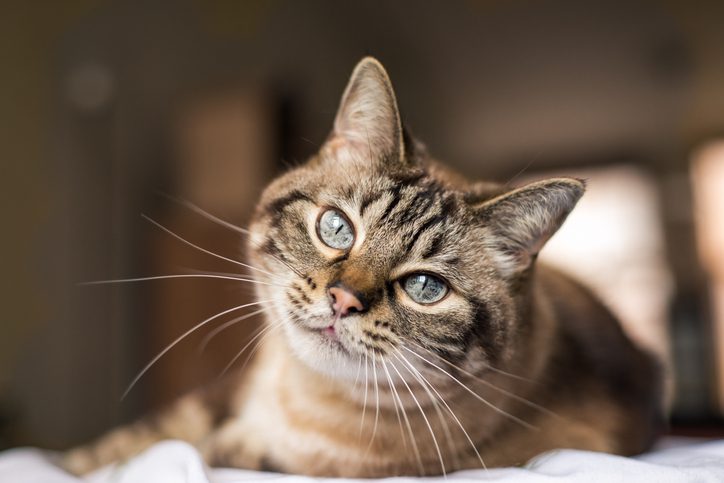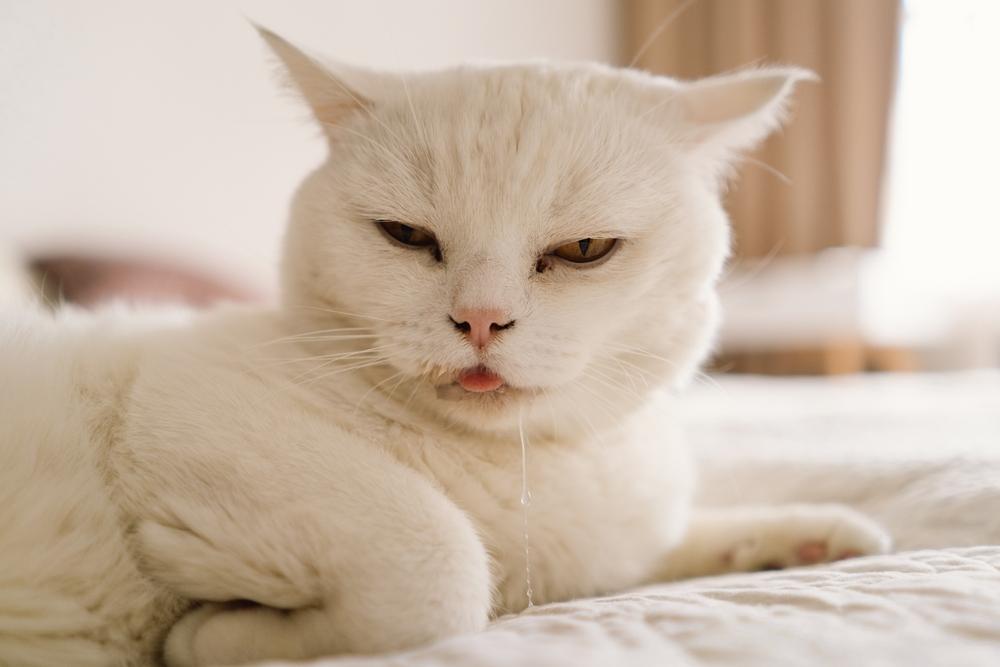If you're asking, “why is my cat drooling?”, it’s important to understand that cats aren't typically known for drooling like dogs. When it does happen, it usually means one of two things: either your cat is extremely relaxed, or there's something wrong — often related to health or oral issues. While some drooling may be harmless, persistent drooling in cats could indicate discomfort, stress, or illness. Recognizing the difference can help you respond appropriately.
Drooling might start suddenly or build up over time. Sometimes it's visible as wet spots where your cat lies down, or it might drip from their mouth while purring or yawning. To better understand what's normal and what’s not, it helps to look at the possible causes and symptoms tied to cat mouth problems.
When Drooling in Cats Is Normal

Though unusual, some healthy cats do drool when they’re especially happy or content. For example, while kneading your lap or during intense purring, your cat may begin to drool slightly. This is known as "happy drooling," and it’s more common in certain breeds or in cats who associate physical affection with feeding behavior from kittenhood.
In these cases, drooling in cats is usually limited and not associated with any health issues. The saliva is clear, odorless, and doesn’t cause discomfort. If your cat stops drooling once the cuddling session ends, there’s probably no need to worry. However, if the drooling becomes more frequent, lasts for hours, or is accompanied by other signs like pawing at the mouth, gagging, or refusal to eat, then it's time to dig deeper.
Signs of Cat Mouth Problems You Shouldn't Ignore
Dental issues are a leading cause of abnormal drooling. Gingivitis, periodontal disease, abscesses, and broken teeth can all lead to increased salivation. These cat mouth problems can be painful and may cause your cat to drool excessively, often with blood or pus present in the saliva. You might also notice a foul smell coming from their mouth — a common sign of dental disease.
Look for these signs of oral discomfort:
-
Difficulty chewing or dropping food from the mouth
-
Bad breath (halitosis)
-
Red, swollen, or bleeding gums
-
Visible tartar buildup
-
Pawing at the mouth or face
-
Head tilting or favoring one side when eating
Cats are masters at hiding pain, so by the time you're noticing drool, the problem could be advanced. Regular dental checkups and cleanings can prevent many of these issues.
Medical Reasons Why Your Cat Is Drooling

Beyond dental issues, a range of medical conditions can cause drooling. Oral tumors, ulcers from kidney disease, or mouth injuries from biting something sharp can all lead to excessive saliva. Feline stomatitis, a painful inflammatory condition, can cause extreme drooling and pain during eating or grooming. Another serious but less common cause is oral cancer, especially in older cats.
Other systemic causes include:
-
Kidney failure: This can cause uremic ulcers in the mouth, leading to drooling.
-
Liver disease: Toxins may affect the nervous system, causing nausea and drool.
-
Toxin ingestion: Cats that lick or chew on toxic plants (like lilies or aloe), household cleaners, or human medications can drool as a reaction to poisoning.
-
Nausea or motion sickness: Some cats drool during car rides or after eating something that upsets their stomach.
-
Foreign objects: A string, bone, or splinter stuck in the mouth or throat can lead to gagging and excessive salivation.
In each of these cases, the drooling will be excessive, and your cat may show other signs like vomiting, lethargy, refusal to eat, or hiding. A vet visit is crucial for proper diagnosis and treatment.
When to See a Vet About Your Cat’s Drooling
You should see a vet if the drooling is frequent, sudden, or accompanied by other symptoms. Occasional, minor drooling during happy moments isn’t concerning — but if your cat is behaving oddly, skipping meals, or showing signs of mouth discomfort, it’s best to act quickly.
Here’s when to contact your vet:
-
Drooling with bad breath or bleeding
-
Loss of appetite or sudden weight loss
-
Visible swelling around the mouth or jaw
-
Vomiting or signs of nausea
-
Foaming at the mouth (possible toxin exposure or seizure)
-
Difficulty swallowing or constant pawing at the face
Your veterinarian may perform a physical exam, dental X-rays, or blood work to rule out infections or systemic illness. Treatment could range from a dental cleaning to antibiotics, surgery, or even hospitalization depending on the cause.
Preventive care also plays a role. Brushing your cat’s teeth (if they allow it), using dental treats or vet-approved rinses, and scheduling annual vet checkups will help reduce the risk of cat mouth problems leading to drooling.
Final Thoughts
While drooling in cats isn't as common as in dogs, it's something you should never ignore if it becomes a regular occurrence. Most often, the cause is something simple like excitement or a minor mouth injury, but it can also point to more serious cat mouth problems or internal health conditions. By paying close attention to your cat’s habits and physical signs — and getting timely veterinary care — you can help ensure your furry friend stays happy, healthy, and drool-free.



